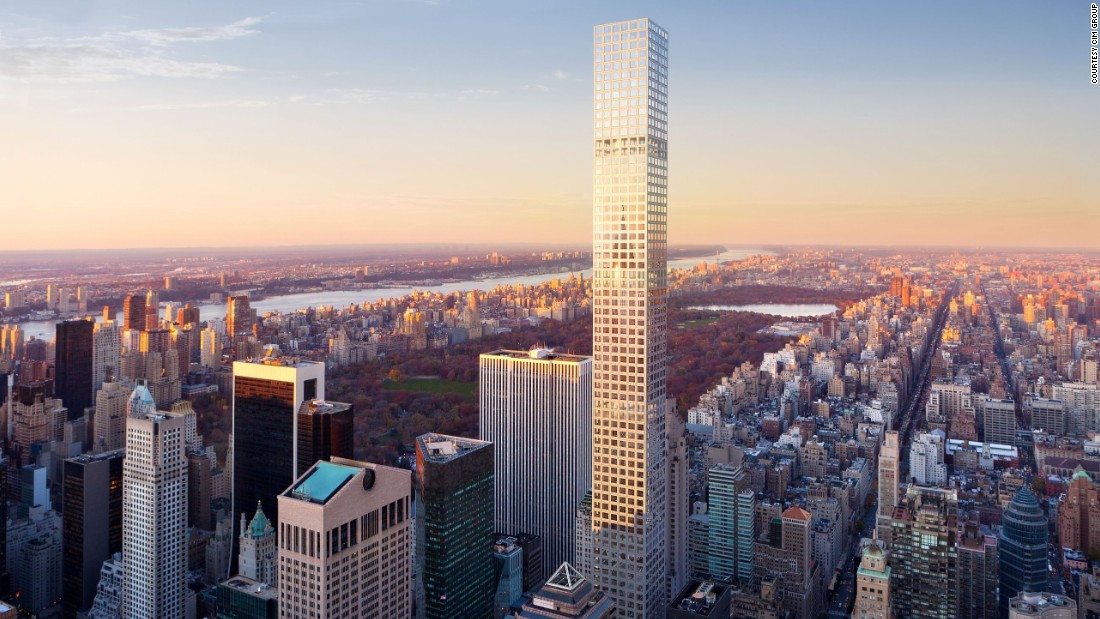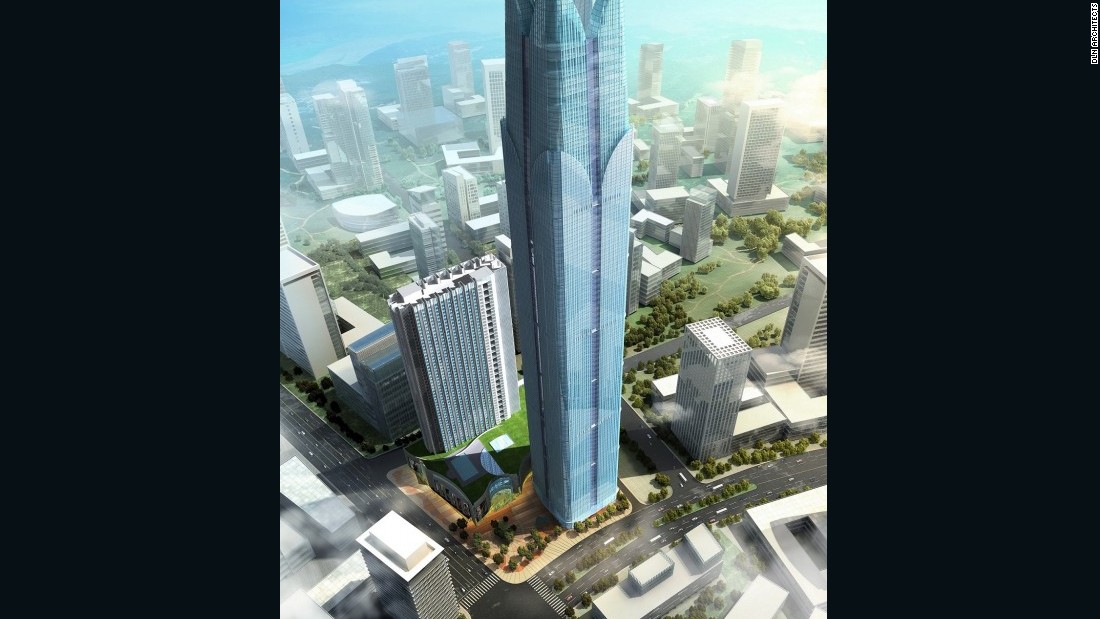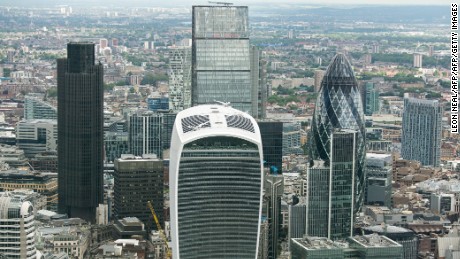Race to the sky: Is London’s tall tower addiction ruining its skyline?

(CNN)“I don’t know what London’s coming to,” said the English actor, singer and playwright Noel Coward in 1931 as the city’s first skyscrapers began to rise.
“The higher the buildings, the lower the morals.”
How times have changed.
If inter-war Britain had a distrust of soaring towers like the art deco Senate House that shot up in Coward’s day, London’s modern city planners are in the midst of a passionate love affair.
Already home to a myriad of iconic skyscrapers — from the Shard to the affectionately nicknamed Gherkin — more than 430 new tall buildings (those 20 stories and over) are currently in various stages of planning for London, according to research by independent forum New London Architecture and property consultants GL Hearn.
The City of London is confined to a single square mile and is home to a vibrant financial sector — there is no space for developers to build outwards.
Chris Hayward, the City of London’s chairman of planning and transportation, says that tall buildings in the economic heart of London also provide the British capital with soft power on the world stage.
“There is, inevitably, a symbolic strength in a city with tall buildings. Building upwards demonstrates economic success and growth success.”
The Eastern Cluster towers, says Hayward, are “successful”: driving commerce, fueling the UK economy and boasting occupancy rates for offices in the City of London to 97%.
Other architects and planners, however, have criticized the design of the Cluster’s towers.
Hayward disagrees.
“The buildings are all designed by different architects, but the City of London has its own design team in-house who guide everything and make sure we have a cohesive picture.”
Perspective
Skyscrapers might be self-conscious declarations of power and prosperity, but when executed with architectural grace, and in the right location, they can win Londoners’ hearts.
The Shard and the Gherkin — an unpopular building when proposed — now regularly top polls as Londoners’ favorite buildings.
That, however, doesn’t mean tall towers should be littered unthinkingly throughout the city.
A recent study conducted by Ipsos MORI for the Skyline Campaign concluded that the majority of Londoners are concerned about the city’s race to the sky.
Weiss warns: “More and more Londoners are finding they don’t want big glass skyscrapers at the end of their street.”
Read more: http://www.cnn.com/2016/09/11/architecture/london-race-to-the-sky/index.html































